Astronauts in space for eight days now stuck at ISS for eight months
Two Boeing Starliner astronauts are settling in for the long haul after their eight-day mission to the International Space Station turned into 80 days and has now blown out a further six months
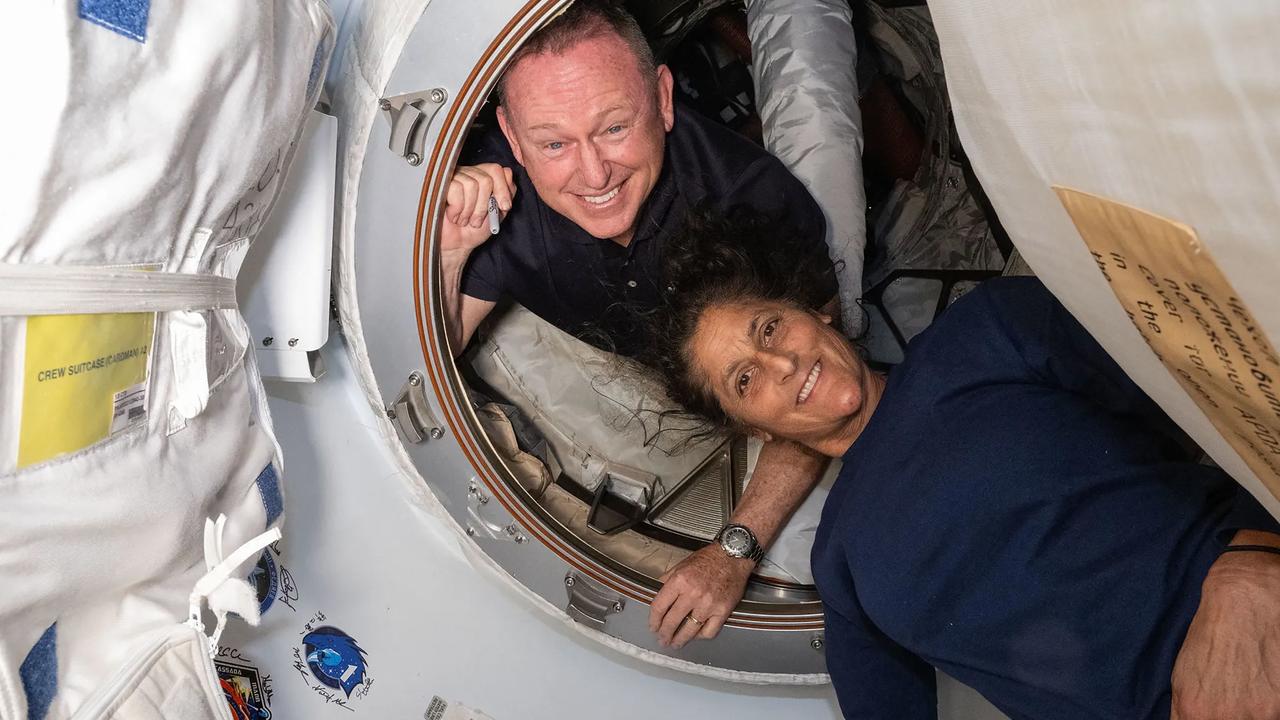
READING LEVEL: GREEN
The two Boeing Starliner astronauts* stranded in space for 80 days will have to stay put for another six months, NASA officials confirmed on Saturday Florida time.
Astronauts Barry “Butch” Wilmore and Sunita “Suni” Williams are safe, in good spirits and now expected to return to Earth in February, The NY Post reported.
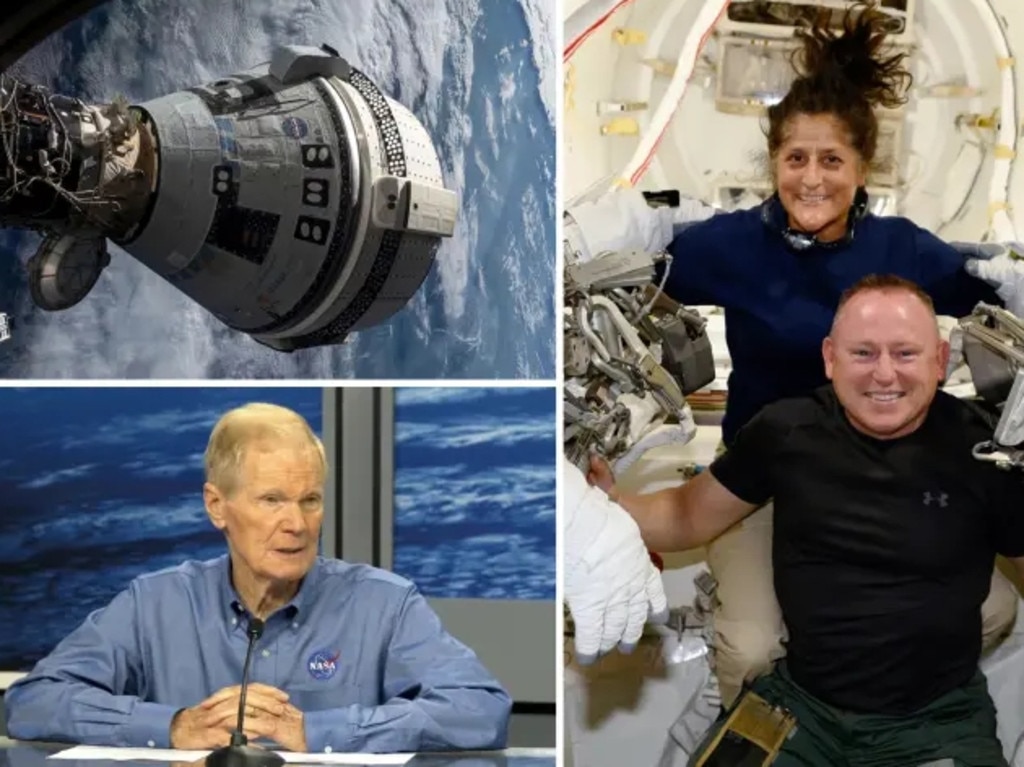
Veteran* astronauts Wilmore and Williams launched aboard Boeing’s Starliner back on June 5 — the maiden* crewed voyage for the spacecraft — for what was supposed to be an eight-day mission docked to the International Space Station (ISS).
The test flight, however, encountered thruster* failures and helium* leaks so serious that NASA kept the capsule parked as engineers worked to find a solution.
The announcement came on the pair’s 80th day in space.
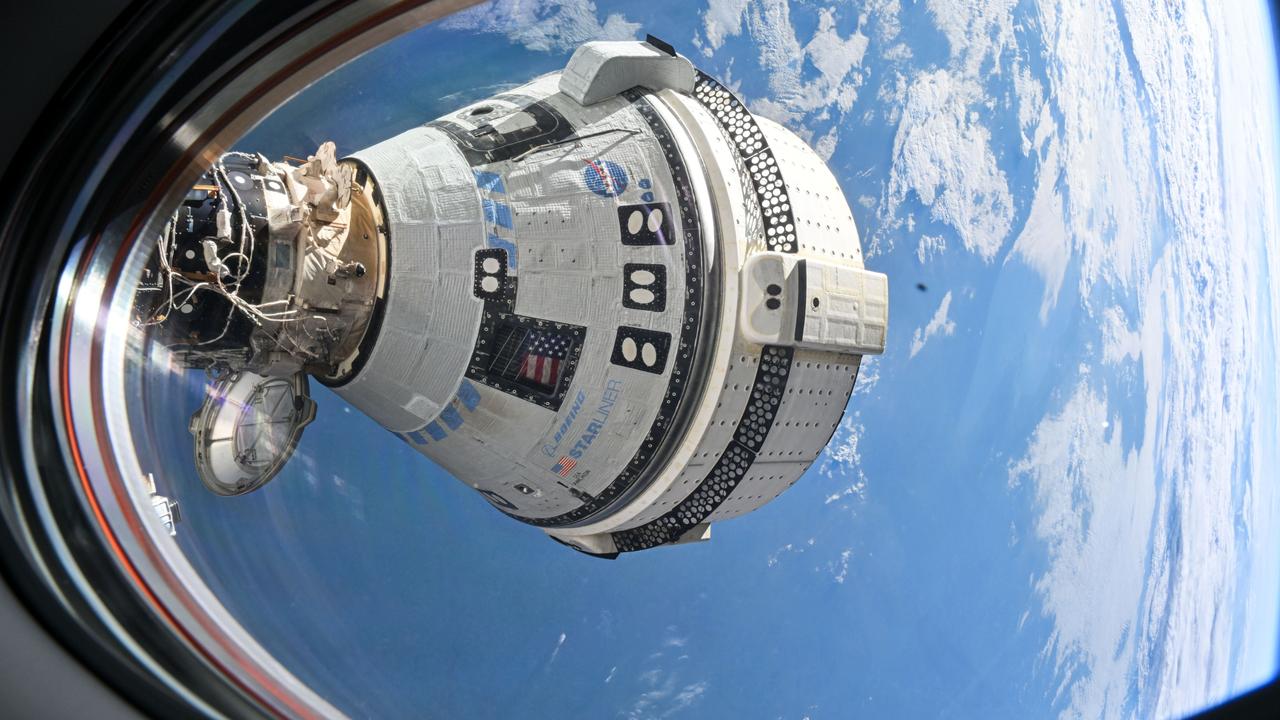
The decision to bring the astronauts home in February was the result of a “commitment to safety,” according to NASA administrator Bill Nelson.
They will return as part of a SpaceX Dragon Crew mission, officials said. The Starliner is set to undock from the ISS in early September, with NASA attempting its return using autopilot*.
Teams of engineers are still working to sort out the physics of the thruster issues that landed the Starliner in trouble, NASA associate administrator James Free said.
Mr Free praised staff for their hard work in the weeks leading up to NASA’s final call on the issue.

“This has not been an easy decision, but it is absolutely the right one,” he said.
Mr Nelson fronted a press conference with other officials on Saturday and said that a manned return on Starliner would be too dangerous, and the two astronauts were safest staying on the space station.
“Spaceflight is risky,” he said. “Even at its safest, and even at its most routine. A test flight by nature is neither safe nor routine.”
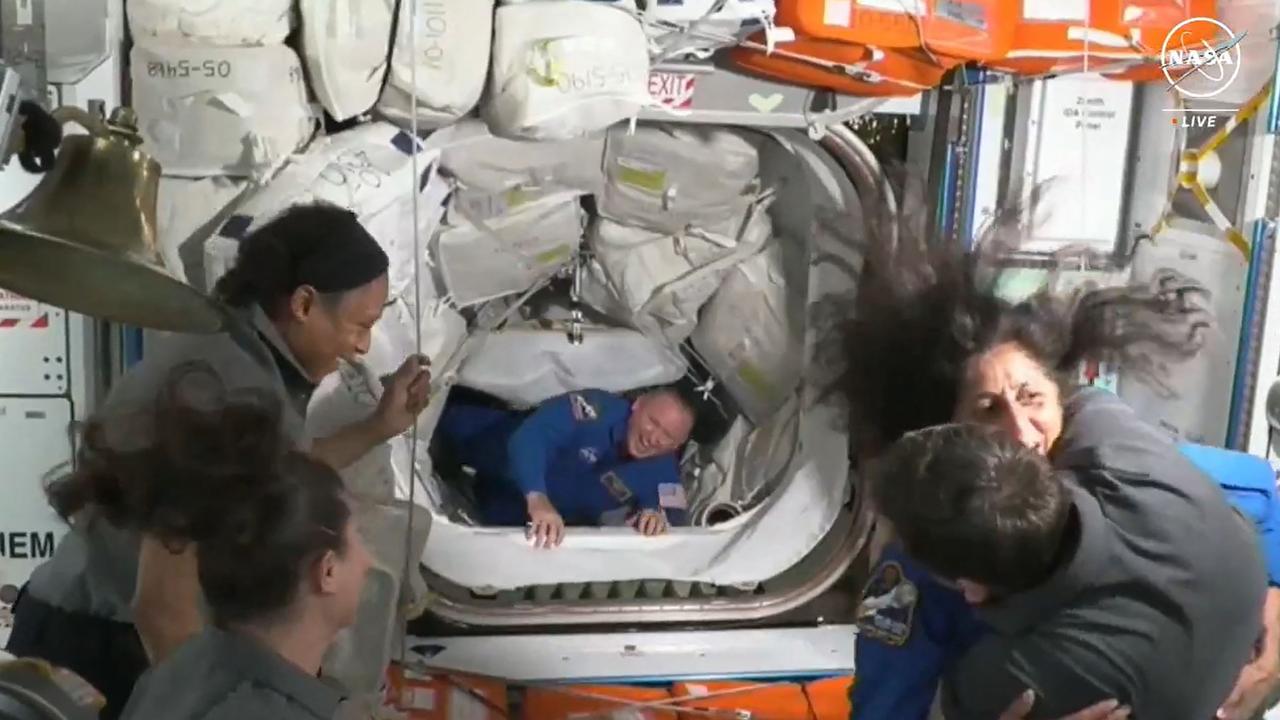
Sky News reported that the ISS has plenty of food and recycled water on board to cater for the unexpected guests. Meals created at NASA’s Space Food Systems Laboratory in Houston are mostly dehydrated, meaning water must be added, while ready-made meals just need to be heated.
There’s meat (barbecued beef brisket is one example of a meal on offer), eggs, vegetables, bread, savoury snacks and sweet treats in the station’s kitchen, according to the Sky News report.
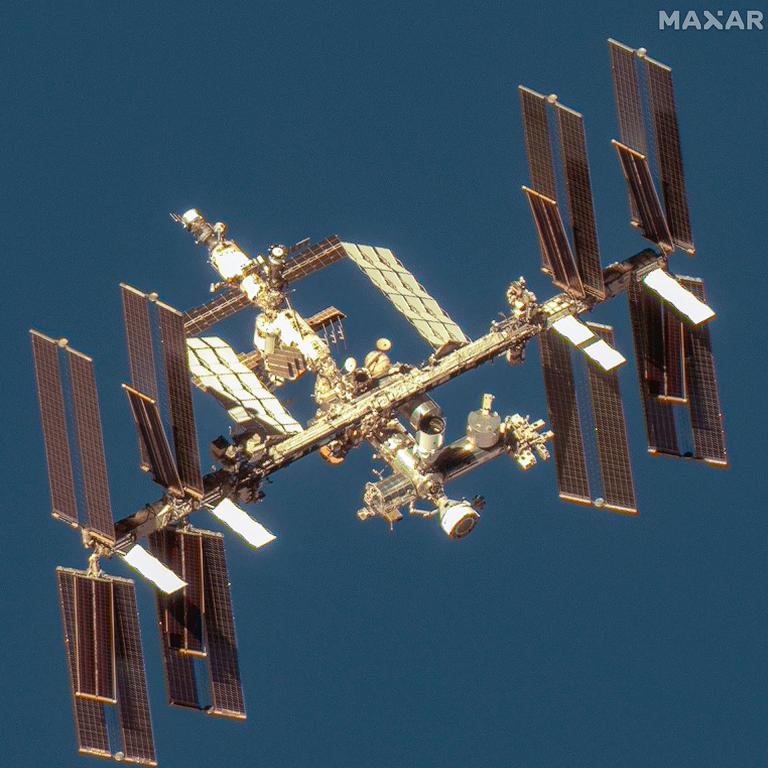
The last supply shipment arrived on August 6, carrying three tonnes of food, fuel and other supplies for all crew members currently in residence.
Astronauts are also encouraged to use the space station’s gym equipment to minimise the muscle and bone loss commonly experienced on long space missions.
Without gravity, astronauts can sleep on the floor, on the wall or even on the ceiling because zero gravity conditions remove the feeling of lying down. The ISS has sleeping pods about the size of the average telephone booth that come with a sleeping bag and pillow, Sky News reported.
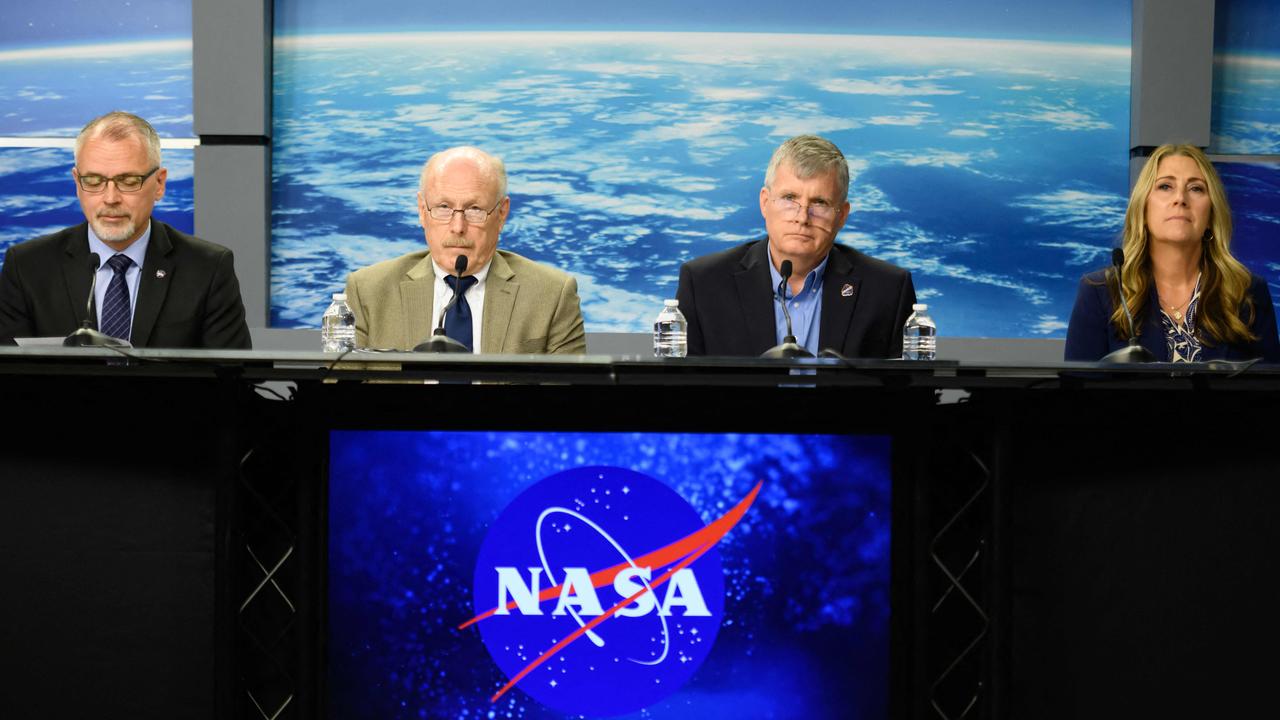
WATCH THE VIDEO
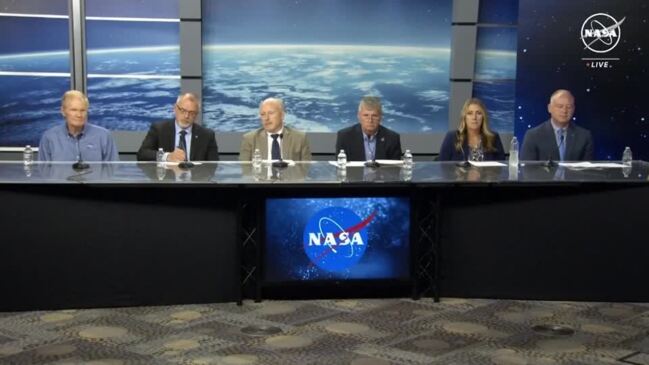
POLL
GLOSSARY
- astronauts: people who have been trained for travelling in space
- veteran: someone with a lot of experience or service in a particular industry or role
- maiden: the first one of its kind, the first time any type of craft has left on a journey
- thruster: low force rocket motor
- helium: very light nonflammable colourless odourless element that is an inert gas, occurring in certain natural gases: used in balloons and in cryogenic research
- autopilot: a device or software that keeps aircraft, spacecraft, and ships moving in a particular direction without a human operating the controls
EXTRA READING
Scientists find underground cave on moon
NASA kids’ camp closes in Australia
China leaves its mark on far side of moon
QUICK QUIZ
- When did the two pilots leave Earth?
- How long was their mission supposed to last?
- How will they return to Earth?
- Why are astronauts encouraged to use gym equipment while in space?
- Which two serious issues were encountered during the Boeing Starliner test flight?
LISTEN TO THIS STORY
CLASSROOM ACTIVITIES
1. Life on hold
For these two astronauts, their expected eight-day mission turned into 80 days and now a further six months. What sort of things might these astronauts miss that they weren’t emotionally prepared to miss, not knowing how long they would be stranded in space?
Events they may miss in their own and/or families’ lives:
–
–
–
–
–
What are some ways they could still feel connected to the people they love while not being able to be physically present?
Time: allow 20 minutes to complete this activity
Curriculum Links: English, Science, Personal and Social, Critical and Creative Thinking
2. Extension
Design a gym workout for these two stranded astronauts to work different muscle groups that don’t get used while there is zero gravity in the space craft.
Draw your workout design below.
Time: allow 20 minutes to complete this activity
Curriculum Links: English, Science, Health and Physical Education, Personal and Social, Critical and Creative Thinking
VCOP ACTIVITY
Read this!
A headline on an article – or a title on your text – should capture the attention of the audience, telling them to read this now. So choosing the perfect words for a headline or title is very important.
Create three new headlines for the events that took place in this article. Remember, what you write and how you write it will set the pace for the whole text, so make sure it matches.
Read out your headlines to a partner and discuss what the article will be about based on the headline you created. Discuss the tone and mood you set in just your few, short words. Does it do the article justice? Will it capture the audience’s attention the way you hoped? Would you want to read more?
Consider how a headline or title is similar to using short, sharp sentences throughout your text. They can be just as important as complex ones. Go through the last text you wrote and highlight any short, sharp sentences that capture the audience.

